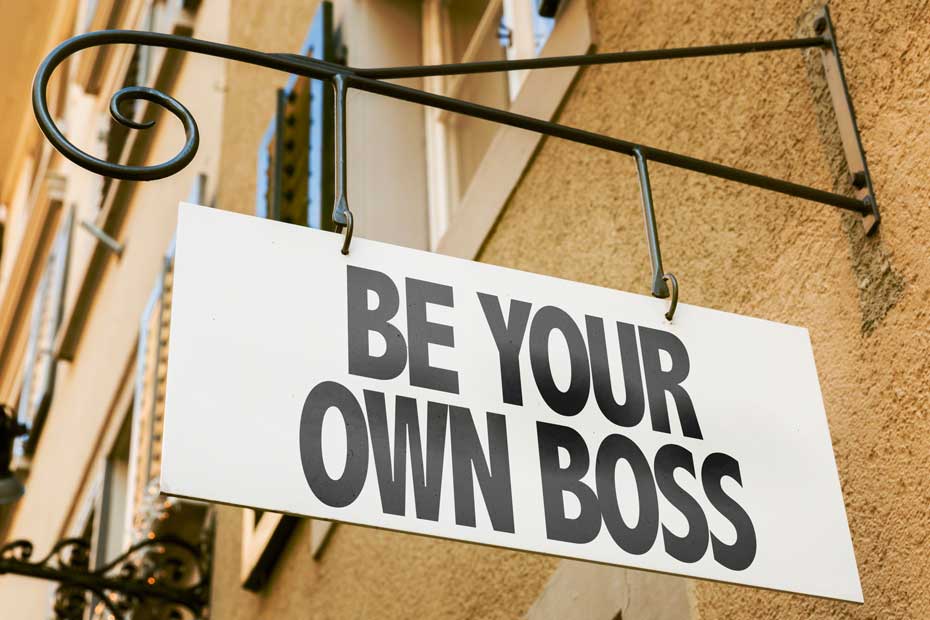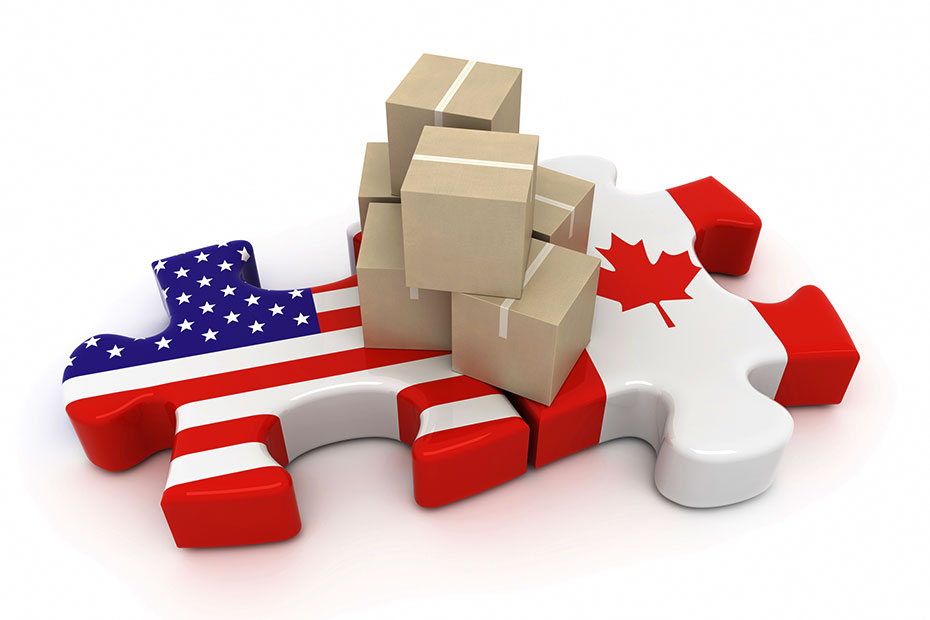According to a GoDaddy/Redshift survey, 59% of small businesses do not have a website. It’s hard to think of any company these days without an online presence, but for many smaller businesses, getting started was their first, and it seems only, phase of their business plan. As you grow your business you need to think about getting your business online. To help you get going, remember these easy steps:
1. Finding Your Domain
If you don’t already have a domain name, get one. Research site names that already exist and find something both unique to your business and easy for customers to remember. Make sure it either matches your company name or at least the product or service you are selling. Domain names don’t cost very much and can be purchased on a yearly basis but are necessary to get the process going.
2. Building a Website
You have a name so now it’s time to build a website. How do you find a the right platform?
- Look for a website builder that can create a responsive site. What does this mean? Being “device-agnostic” or making it easily accessible on multiple platforms such as desktop and mobile devices will give users options of how and where they can use the site.
- Being able to sell online is half the battle. Using a platform that makes it easy for you and customers can make all the difference. Many web design platforms now have integrated sales tools.
3. Connecting with Customers
Once you have your basic website structure, focus on making it customer-friendly.
- Solve a problem. Don’t just talk about your product or service. Talk about how it can help solve a problem or be a solution for your customers.
- Is your site an e-commerce site? Make it easy for customers to make a purchase. Don’t hide the “buy” button. Give them an opportunity to buy the service or product from multiple locations on the site.
- Give your customers the ability to ask questions. Whether it’s getting to know your company better or questions about the service, make that function accessible and easy to use.
4. Making Yourself Visible
Your site’s up, but how do people find you? Things like ads and social media promotion can help, but a mix of search engine optimization (SEO), local search and paid promotion can be of even more importance. What are they?
- SEO is a way of making your site appear higher naturally in search results (on Google for example) by creating content on your site that use the language, terms and phrases people search. One example is adding a frequently asked questions section that includes terms people search that are related to your business.
- Local searches help customers in your area find your business through Google Maps for example. It’s free and can add greater exposure for you.
- Paid promotions are search ads that can target local customers in your community. When consumers search for local services on Google, your online ads show them where to find you. To help new customers find you online, RBC has partnered with Promote1, a Google Partner that creates and manages advertising campaigns on Google.
5. Extending Your Reach
Social media has taken website commerce to another level. Rather than just posing a problem and solution, business owners can extend their reach to their customers by interacting with them on a real-time basis. Of course times have changed and promoting a businesses via social media is a pay-to-play environment.
Social media helps blend the information of the site with direct communication capabilities to create a customer service mechanism. For example, the right social media package can customize search ads that target people in you community looking for a business just like yours. It’s important, however, to know your demographic. Not all social media appeals to all people and you have to be aware of which sites appeal to your customer base. Also, even if you don’t yet have a website, information can be sent to customers searching for a business like yours that is mobile-friendly and provides contact information. Tracking can be done to ensure you see how many clicks and calls come about as a result of your ads. Work within those relevant sites and don’t spread yourself too thin by trying to interact on all platforms.
As you get your business online, leverage online distribution channels to continue growing your business too.
The Bottom Line
Your customers want fast, efficient ways of doing business online, and if you want to accommodate them, you need to consider your own capabilities. Making it easy for your customers is the key. The easier it is, the more likely they will come back and possibly refer you to others.
Once the pieces are in place, you can use online tools to help sell your product or service. Make sure you have access to everything. It sounds simple, but over time it will be necessary to make changes or modifications to the site as needs change. Holding “the keys” to the site will make design, growth and function easier in the future.
1. Promote is wholly owned by Acquisio‡‡ and Web.com‡‡ company.
‡Google and AdWords are registered trademarks of Google Inc., used under license.
‡‡Acquisio and Web.com are registered trademarks of Web.com Group, Inc., used with permission.
More from the 5 Easy Steps for Small Business Series:
This article is intended as general information only and is not to be relied upon as constituting legal, financial or other professional advice. A professional advisor should be consulted regarding your specific situation. Information presented is believed to be factual and up-to-date but we do not guarantee its accuracy and it should not be regarded as a complete analysis of the subjects discussed. All expressions of opinion reflect the judgment of the authors as of the date of publication and are subject to change. No endorsement of any third parties or their advice, opinions, information, products or services is expressly given or implied by Royal Bank of Canada or any of its affiliates.
































